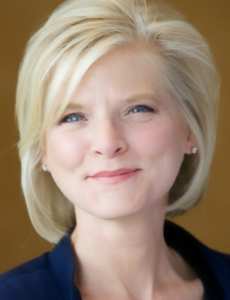 By Melissa J. Anderson (New York City)
By Melissa J. Anderson (New York City)
In December, ION (the InterOrganization Network) released its 9th report on women on boards in the United States. ION is made up of 16 regional women’s networks, and this report used numbers from 15 of them. According to the research, the numbers haven’t moved much since the last report… or the one before that… or the one before that.
For example, larger companies tend to have more women directors than smaller companies, and there are fewer all-male boards at larger companies than smaller ones. In the Fortune 500, 16.6 percent of board seats were held by women. In the S&P 1500, 14 percent were women. In the Russell 3000, 11.7 percent were women. These numbers have shifted very little over time.
Obviously, this is frustrating – the slow pace of change here is the subject of lots of research and commentary. But instead of dwelling on the challenging numbers, ION’s leaders decided to instead focus on solutions. What are the companies that are getting it right doing? How can we convince other companies to do the same?
Sarah Meyerrose, ION’s President, explained, “I like the approach we took this year. We are focusing on the positives and saying ‘here are the companies doing a good job.’ We are well past the time when we are just talking about the numbers.”
In fact, she continued, “When we were putting the case studies together, I was pleased to see the number of companies we had to choose from that are moving the needle.”









